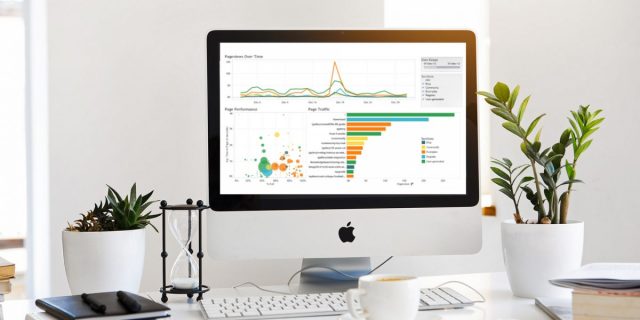Introduction
Completing a data migration from QlikView to Tableau in one of the leading Investment Banks definitely has its challenges and benefits. If visualizations are your core focus, Tableau is the best answer for your company. Tableau has a nice user interface and clean dashboard, therefore making it very user friendly. The highlight of this software is the easy drag and drop visualization system. On the flip side, QlikView and its architecture has been designed to support self-contained ETL and data storage which means no additional software or resources are required besides QlikView.
Challenges
- Tableau requires a separate ETL tool (i.e. Hadoop, Impala, Spark) whereas QlikView supports self-contained ETL.
- Multiple resources are required such as Tableau developer and ETL developer.
- Handling and developing multiple sheets are demanding.
- Blending data from different sources can be problematic
Benefits
An easy and clean drag and drop functionality for business users.
Tableau has native driver for Big Data, Sales Force and Google Analytics.
Suggestions of visualization charts are provided for according to the dimension and measures.
Excellent in Maps.
Predictive Analytics.
Solutions
Assess your resource requirements.
To move your data model over from Qlik to Tableau, you would need to know which ETL tools to use. Majority of businesses will have Cloudera tools purchased to support Tableau development.
Migration of data to Big Data.
Migrate existing Qlik data model to selected ETL Tool (This is most time consuming as we are taking the logic from one tool to another which uses slightly different language).
Building of the required Tables / Views.
Develop advanced dashboards and maps with connections to different big data query engines.
See our article on Qlik to Power BI migration here.
More Insights
-
Qlik to Power BI Migration

-
Client Product Reporting in FX Sales & Trading

-
Consolidating Financials for Multiple Acquisitions

-
How Machine Learning Can Transform the Financial Sector in 2024

-
Tracking Key Business Metrics using Power BI

-
Update on the future of Talend Open Studio

-
Multinational Bank’s Need of Fluid Understanding for their FX Pricing

-
Building a Single View of a Customer’s Portfolio to Support Regulatory Compliance

-
Exploring Change Data Capture (CDC)

-
🔍 Excel vs. BI Tools: Why It's Time to Evolve Your Data Strategy

